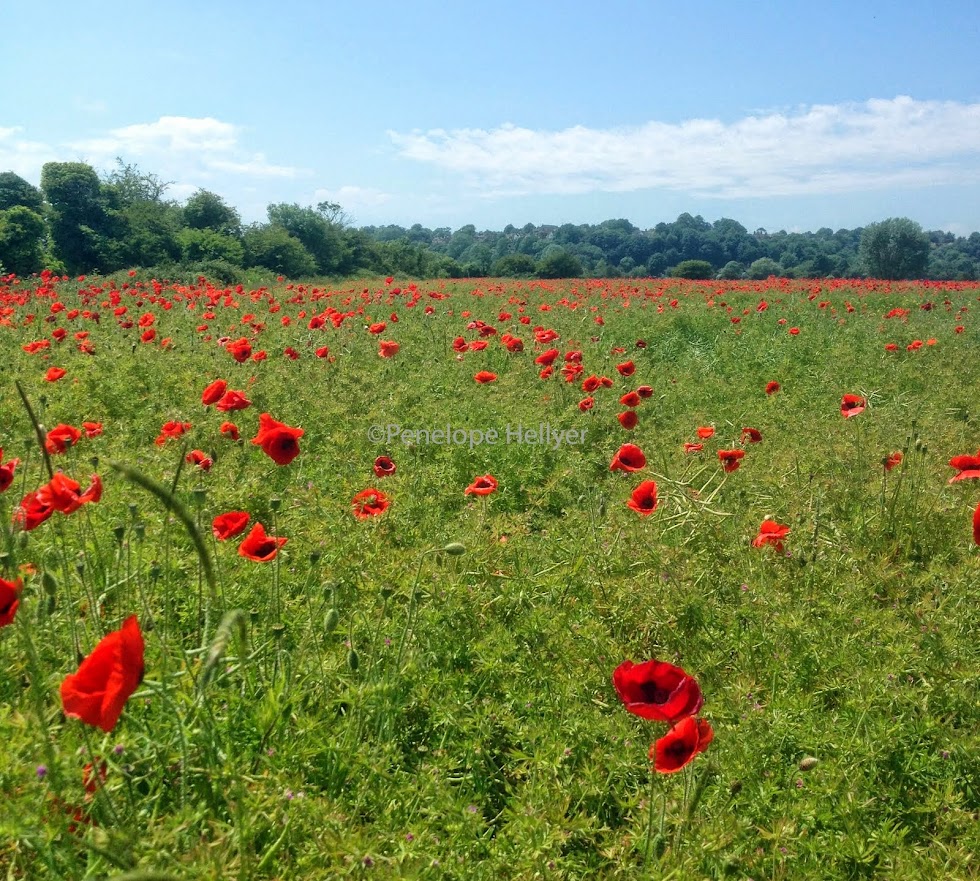The swimming pool in the garden at Orchards was always very rustic. As a child I remember a large hole in which all the large garden rubbish was dumped and occasionally set alight. Rumour had it, that it was a crater from a bomb off-loaded by German bomber on his way home. By about 1954 the pool had been dug, shuttered and concreted, with a concrete rim around the top. On the south side was a narrow border retained by a short sandstone wall. Grass surrounded three sides with a wider border on the north side of the pool.
Over the years it became neglected and leaked. Now with the garden open to the public we knew that we had to do something with this disgraceful eyesore. I had redeveloped the border on the northern side, (more about that in another post). We had backed that with a copper beech hedge, now this improvement added to the neglected appearance of the pool.
We talked about it for months, our biggest challenge, where to find enough soil to fill such a large space. Old garden rubbish began to fill the space. Anything that might normally have been burnt was deposited, this caused some amusement to our visitors, many keen to return when the project was finished.
We had decided, with the growing popularity of the nursery and garden visitors that we would construct a drive against the lower boundary of the bungalow. One weekend a guy called Vic came with a digger and a dumper, Philip drove the dumper and they worked almost non-stop, slowly filling the pool with clay soil. More soil was needed, so a ditch was dug further down the garden. (That too will be another post.) With the pool filled Philip redeveloped the edges, capping the old edge of the pool with paving slabs on three sides. On the southern side the slabs were deeper, the border made narrower.

On the outer edge of three of the capped edges Philip built railway sleeper walls, creating narrow borders to take bearded iris which had been gifted to me. It was an ideal situation for them to sit and bake in the summer sun. This area became known as the Pool Garden. It was a very special place to sit on our Cartwheel seat and enjoy the late evening sun. The garden was enclosed with copper beech and yew hedges. The soil was planted with wild flower seed in the first year but the birds thought the seeds were for them! The following year I planted Cosmos, the plants loved it. They grew much taller than dictated, and the birds loved it. (No picture for that I'm afraid.)

On the outer edge of three of the capped edges Philip built railway sleeper walls, creating narrow borders to take bearded iris which had been gifted to me. It was an ideal situation for them to sit and bake in the summer sun. This area became known as the Pool Garden. It was a very special place to sit on our Cartwheel seat and enjoy the late evening sun. The garden was enclosed with copper beech and yew hedges. The soil was planted with wild flower seed in the first year but the birds thought the seeds were for them! The following year I planted Cosmos, the plants loved it. They grew much taller than dictated, and the birds loved it. (No picture for that I'm afraid.)




















